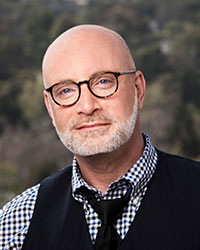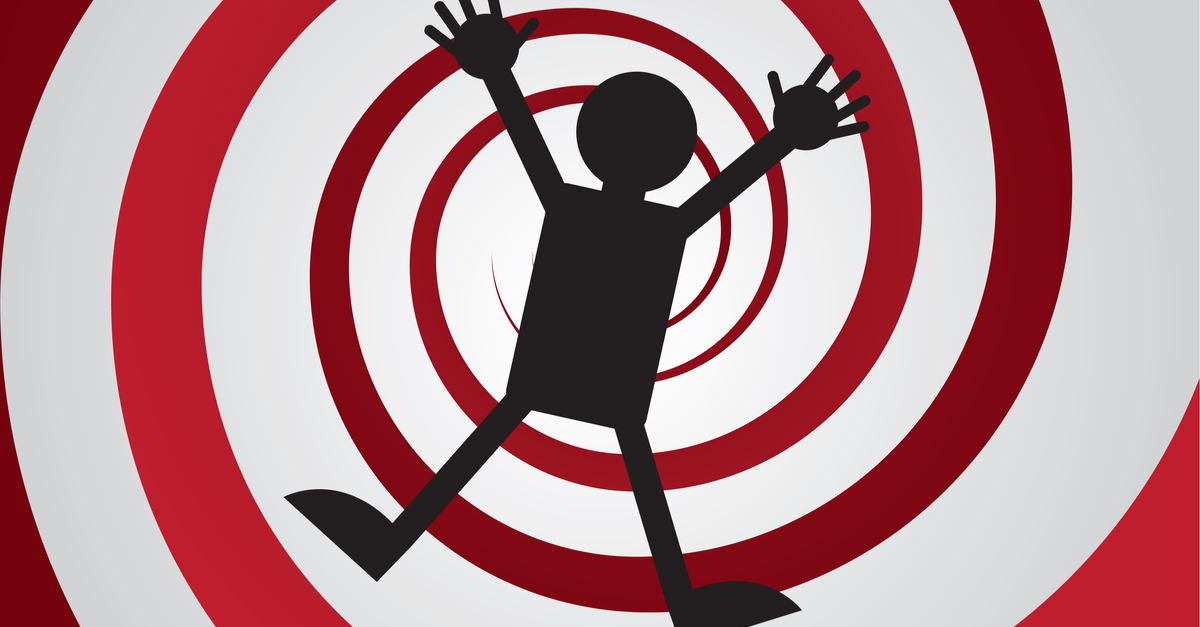 Dr. Robert Weiss LCSW, CSAT
Dr. Robert Weiss LCSW, CSAT
Most people think of addiction in the “active” stage of the cycle, where the addict is actually drinking, using, or engaging in an addictive behavior (such as gambling, viewing porn, etc.) But if we want to fully understand addiction, we must also look at the sequence of events before and after the actual “using” experience. When we do this, taking into account the thoughts, feelings, and beliefs that drive addictive behaviors, we see that addiction is not an event that repeats itself; rather, it is a looping cycle in which the individual spins from one stage to the next to the next with little to no understanding of what is happening, and few opportunities to step off the carousel.
That said, there are chances for addicts to recognize their situation and take contrary action. That is a process that begins with an awareness of the addictive spin cycle. Over the years, we’ve seen numerous versions of the addictive cycle. The one that works best, I believe, is the six-stage cycle outlined below.
Stage 1: Triggers
Triggers are the catalysts that create a desire to engage in the addiction. Triggers can be internal (loneliness, boredom, anxiety, stress) or external (people, places, images, events). When addiction triggers are not dealt with in a healthy way (dissipated via a healthy, non-addictive coping mechanism), then the cycle slides forward into stage two.
Stage Two: Fantasy
When triggered, addicts turn to their primary initial coping mechanism (addiction fantasies). They start thinking about how much they enjoyed past addictive behavior and how much they would enjoy that again either right now or in the near future. These fantasies do not involve memories of bad experiences or unwanted consequences.
Stage Three: Ritualization
Ritualization is where fantasy moves toward reality. Addicts call their dealer to stock up on drugs, or they log on to the computer and go to their favorite escort site, etc. This stage of the cycle is also known as the bubble or the trance because addicts lose touch with reality in it. This stage of the addiction, rather than actually getting drunk/high or engaging in an actual addictive behavior (like gambling or having sex), provides much of the escapist neurochemical high that addicts seek.
Stage Four: Acting Out
Most non-addicts think that this stage, rather than stages two and three, is the goal of addiction because this is where actual substance use or addictive behavior takes place. However, the extended fantasy-fueled escape and dissociation of stages two three can be equally if not more appealing. After all, the goal of addiction is emotional escape, and that is as present in stages two and three as stage four.
Stage Five, Distancing/Numbing
After addicts engage in their addiction, they try to distance themselves emotionally from what they’ve just done. Basically, their thinking is now focused on “damage control,” and they engage in various forms of denial – blaming, justifying, rationalizing, etc. They do this in an attempt to protect themselves from stage six of the cycle.
Stage Six, Despair (Shame/Anxiety/Depression)
Over time, distancing/numbing fades and becomes less effective. And when it does, addicts start to feel shame and remorse about their secret life or the situation it has created. Exacerbating these unwanted emotions is the fact that they feel powerless over their addiction. Plus, whatever reality and feelings they were trying to escape in stage one return. So now they feel the same emotional discomfort they felt before, plus powerlessness and any new consequences wrought by the addiction. With this, stage six spins the self-perpetuating cycle right back to stage one.
When Can We Intervene?
The cycle of addiction is best interrupted in the early portion of stage one, when triggers first appear. If an addict learns to recognize triggers, that individual has a chance to engage in contrary actions that stop the addictive behavior before it really gets started.
Think about addiction as a large boulder at the top of a hill: It is much easier to stop the boulder from hitting the bottom if you catch it right when it starts to roll. After it’s built some momentum, however, there just isn’t much you can do.
Generally, it is possible for an addict to stop the spin cycle of addiction in stage one and even during the fantasy and ritualistic behaviors of stages two and three. But doing so becomes progressively more difficult. The deeper into the cycle the addict goes, the more likely the addict is to actually engage in the addiction.
* * * * * * * * * *
If you or someone you care about is struggling with sex or porn addiction, help is available. For porn addicts, Seeking Integrity offers a low-cost online workgroup series. Click HERE for information. We offer a similar workgroup series for sex addicts. Click HERE for information.
